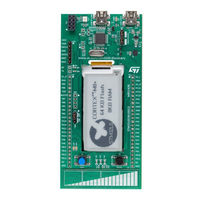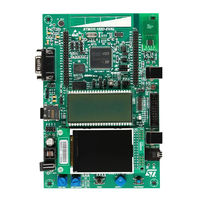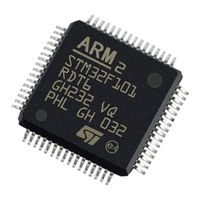ST STM32L1 Series Manuals
Manuals and User Guides for ST STM32L1 Series. We have 6 ST STM32L1 Series manuals available for free PDF download: Application Note
ST STM32L1 Series Application Note (52 pages)
Getting started with touch sensing control on STM32 microcontrollers
Brand: ST
|
Category: Microcontrollers
|
Size: 4 MB
Table of Contents
Advertisement
ST STM32L1 Series Application Note (56 pages)
Brand: ST
|
Category: Microcontrollers
|
Size: 3 MB
Table of Contents
ST STM32L1 Series Application Note (58 pages)
Brand: ST
|
Category: Microcontrollers
|
Size: 0 MB
Table of Contents
Advertisement
ST STM32L1 Series Application Note (30 pages)
Getting started with hardware development
Brand: ST
|
Category: Motherboard
|
Size: 0 MB
Table of Contents
ST STM32L1 Series Application Note (18 pages)
Current consumption measurement and touch sensing demonstration firmware
Brand: ST
|
Category: Motherboard
|
Size: 0 MB
Table of Contents
ST STM32L1 Series Application Note (12 pages)
Migration and compatibility guidelines for STM32 microcontroller applications
Brand: ST
|
Category: Microcontrollers
|
Size: 0 MB
Table of Contents
Advertisement





